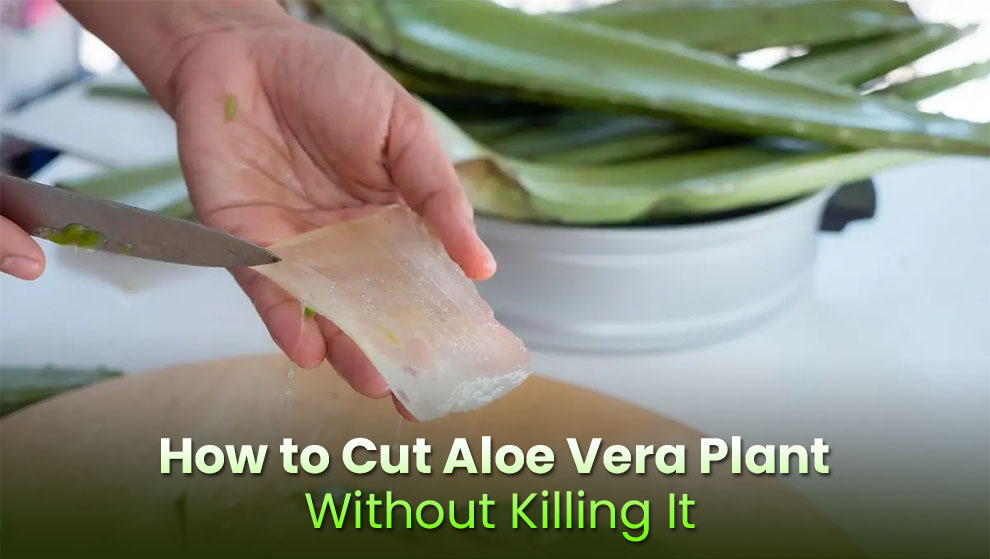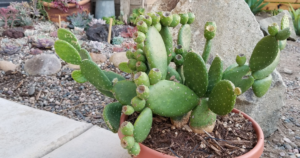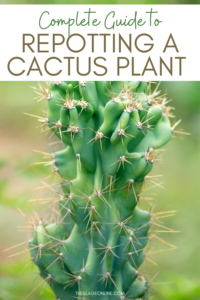Some gardening endeavors hinge not just on nurturing but also on precise techniques to ensure the health of the plants. Among these green wonders, Aloe Vera stands out not only for its medicinal properties but also for its aesthetic appeal. Yet, many often grapple with the challenge of how to cut Aloe Vera without inflicting damage. Understanding the intricacies behind this process can profoundly shift your gardening practices. Here’s a comprehensive guide to help you prune your Aloe Vera effectively.
Recognizing the Right Time to Cut
The timing of your Aloe Vera pruning can significantly influence the plant’s recovery and growth trajectory. Ideally, the best moment to harvest or prune your Aloe Vera is during its active growing season, which typically spans from spring to early summer. During this period, the plant is robust and more capable of healing from any wounds incurred during cutting.
Pay attention to the plant’s growth patterns. Aloe Vera leaves can become overgrown, and you may notice some leaves turning yellow or brown. These could be indicators that it is time for a trim. Additionally, if you notice your Aloe growing too densely, that could impede airflow, leading to potential rot. Keep your eyes open for these signs, as they can inform your decision about when to prune.
The tools you employ also play a pivotal role in the success of your endeavor. A sharp, clean blade is essential; dull tools can crush the leaves rather than perform a clean cut, resulting in damage that can open pathways for pathogens. Sterilizing your tools beforehand, perhaps with rubbing alcohol, is a practice that can’t be overstated. This ensures that no unwanted bacteria will be introduced into the cut.
Mastering the Art of Cutting Technique
Once you’ve determined the optimal time and have prepared your tools, it’s time to delve into the specifics of cutting. Approaching your plant with mindfulness can bear surprising results. Begin by locating the leaves that need attention. It is often advisable to start with the older, outer leaves, as these are usually the first to show signs of wear and are less vital to the plant’s core growth.
When making your cut, angle your blade at approximately 45 degrees, slicing close to the base of the leaf to minimize the amount of exposed tissue. This technique can help ensure that the plant’s energy isn’t overly diverted from recovery processes, and it promotes healthy growth by encouraging new leaves to sprout.
As tempting as it may be to harvest several leaves at once, consider each cut carefully. Removing too many leaves could stress the plant, leading to complications such as stunted growth or, in extreme cases, decline. Less is often more when it comes to pruning Aloe Vera. Aim for a balanced approach that ensures the longevity of your plant while still meeting your harvesting needs.
Post-Cutting Care is Key
After pruning your Aloe Vera, the work is not yet complete; the subsequent care is essential for enabling the plant to heal successfully. Following your cuts, allow the exposed areas to callous over, which may take a few hours to a couple of days depending on environmental conditions. This step is crucial as it helps create a protective barrier against pathogens and fungi.
For prevention of further damage, avoid watering your Aloe Vera for several days post-pruning. This preventative measure allows the plant to focus its energy on healing rather than supporting additional water uptake. Keep an eye on the overall health of your Aloe; excessive wilting or signs of rot post-pruning may necessitate further medical intervention, such as re-cutting or adjusting the surrounding soil conditions.
Encouraging New Growth
After caring for your freshly pruned Aloe Vera, you may very well ask how to promote healthy regrowth. An important aspect of supporting the plant’s recovery is ensuring it receives adequate sunlight. Position your Aloe in a location that receives bright, indirect light to facilitate optimal photosynthesis without subjecting the leaves to harsh direct sunlight, which may cause further stress.
Fertilization can also be beneficial in the months following a prune. Utilizing a water-soluble fertilizer designed for succulents can bolster growth by supplying vital nutrients. However, moderation is key; over-fertilization may lead to excessive leaf growth at the expense of the plant’s overall health.
Lastly, maintain excellent drainage and avoid waterlogging the soil. Aloe Vera thrives in arid conditions and is susceptible to root rot if left in excessively wet conditions. Regular monitoring of your plant, combined with these techniques, will ensure that it thrives beautifully, providing both aesthetic pleasure and health benefits.
In conclusion, mastering the technique of cutting Aloe Vera without damaging the plant may require patience and practice, but it opens up a world of possibilities for both the home gardener and indoor plant enthusiast. With thoughtful attention to timing, precise cutting methods, and vigilant post-care, you can cultivate a resilient and thriving Aloe Vera plant that enriches your living space. The simple act of pruning can not only benefit the plant but also serves as a gateway to deeper involvement in the world of horticulture. Approach your Aloe Vera with confidence, and it will undoubtedly reward you with vibrant leaves and therapeutic gel for years to come.





Leave a Comment